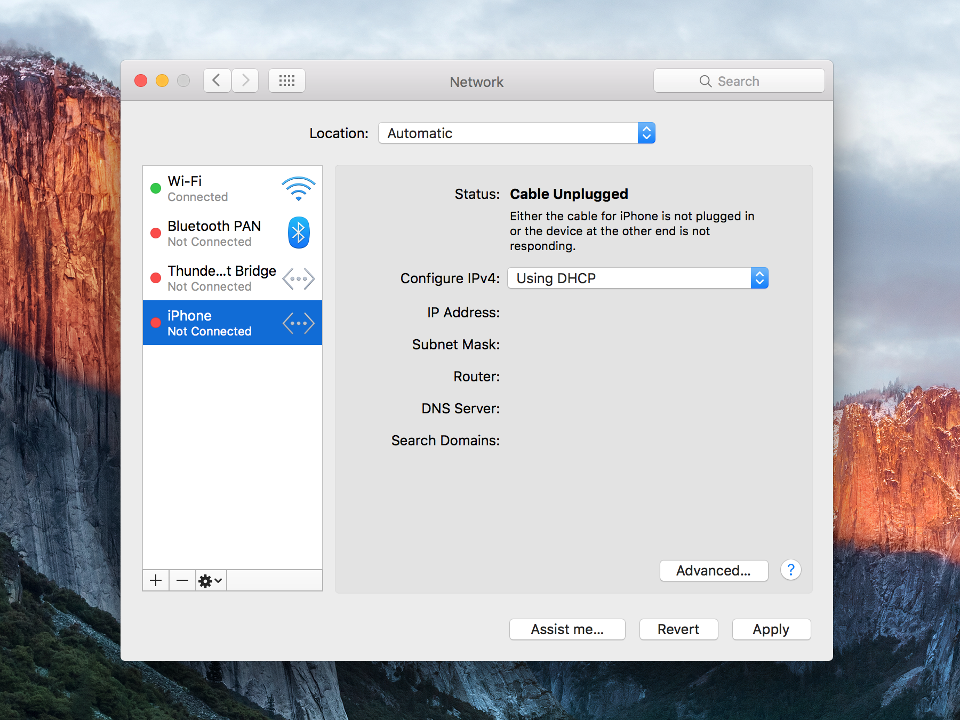
Nine OS releases after PHDs’ initial debut in 10.3.x., it appears Apple now agrees with that sentiment.Īs part of the development of Mac OS X, Apple has also developed Mac OS X Server as a way to provide access to both additional services on OS X and the management tools needed to administrate those services. The problems with the synchronization process, coupled with the increasing availability of continuous backup solutions like CrashPlan and Apple’s diminishing support for PHDs, helped make portable home directory deployment something many Mac admins avoided. The synchronization agent itself was prone to crashing when working particularly hard. Synchronization conflicts were also left for the user to figure out, which usually meant a call to the local help desk. Depending on how much data needed to be synchronized, the copying process between the server and the individual Macs could take a while.

Unfortunately, the idea was better in concept than it was in execution. It was also possible to configure what data was synchronized between the Mac(s) and the server, to conserve space on the server for only essential data. The data on the server was then synchronized with copies of the same data residing on the one or more Macs that particular person used on a day-to-day basis. Starting in Mac OS X 10.3.x, you could configure a person’s account so that the data in their home folder resided on a server in a network home folder.

Portable home directories (PHDs) were Apple’s attempt at providing roaming user profiles.


 0 kommentar(er)
0 kommentar(er)
